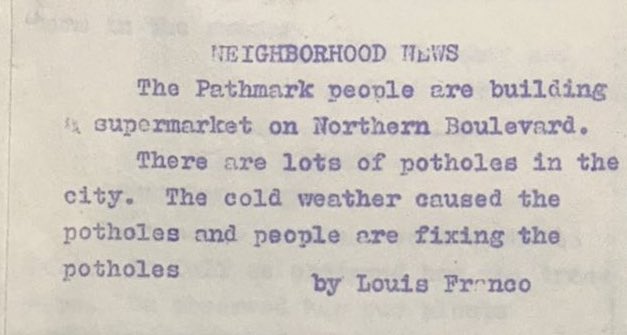(with apologies to Eugene Wigner)
My college didn’t have a CS major, but they let me put together one under a general engineering program. To fill up the requirements, I had to take a lot of math, which has been more useful than I expected a programmer.
I didn’t seek out jobs that required a lot of math. I optimized my job search around small companies doing product development for B2B, and didn’t care much about the specific technology they used. But, I was comfortable with the math, so it made my life easier.
The first eight years of my career was in FinTech, and the software I wrote was a nice UI around a lot of math. The core concept was options pricing (probability and statistics) and the sensitivity of that price to its inputs (calculus and differential equations). To do risk analysis, you have to build up huge matrices (linear algebra) for various purposes. Our company employed mathematicians, so we didn’t do the research, but we had to understand it to work on those parts.
Later, I contributed to a patent related to spreadsheets where graph theory was important. I also implemented numerical differentiation and root-finding algorithms for it as a way to run expressions backwards (numerical analysis and calculus). That patent expired, so I am reimplementing it in Swift and Typescript.
In 2005, I did a consulting project to implement a distributed monte-carlo engine for a decision support system. I would not have won this bid if I did not understand the math behind the engine.
From 2006-2013, I worked at an image processing tools vendor. This job was the closest to pure CS that I have had, and there was a lot of math, specifically linear algebra, but also some numerical analysis.
Every front-end position I have had uses at least a little linear algebra (for affine transformation). It’s not like you are doing the matrix multiplication yourself, but you’ll understand the more complex compositions better if you understand them. For example, if you know that matrix multiplication is not communicative, you’ll get why the order of the transformations matters.
Nearly every programming job now requires you to understand the analytics data that the software generates and to do statistical analysis on it. Forming a hypothesis and getting evidence to support or reject it is essential. At a bigger company, you might have a data-science team to do the heavy lifting, but it really helps if you can do it yourself—you also want to be able to read and understand their reports.
If you really want to go deep into the type theory behind type-safe languages (like Swift or Typescript), you have to understand set theory and maybe even HoTT. You don’t need it to use these languages, but if you had interest in compiler theory or implementing a language like this, it would help. Understanding set theory also helps with understanding relational databases.
When I was trying to find a Swift implementation of numpy a few years ago, I ended up finding Surge and contributed Eigen decomposition to it. I had to relearn it, but I would not have even tried if I hadn’t touched linear algebra since college.
Games are essentially physics simulators, which are ultimately math engines. I only write simple games as a hobby, but even for pong, I had to write vector math functions.
And, although I think my career has used a somewhat typical amount of math, there are programming jobs that require a lot of math. A deep neural network’s guts are a calculus and linear algebra engine (see this video from 3blue1brown). As I mentioned, data science makes heavy use of probability and statistics. I learned in Quantum Country that the “programming language” of a quantum computer is based on matrix multiplication with complex number entries. And while writing a game is a reasonable amount of math, writing a game engine is much more than that—and as more things (the blockchain, games, machine learning) have used the GPU for computing, the way you think of implementing solutions in those domains is more mathematical.
To be clear, you can do a lot of programming without understanding any of the math behind it. But, I have found it more enjoyable to go a little deeper, and it makes it easier to develop intuition about the higher level concepts.


